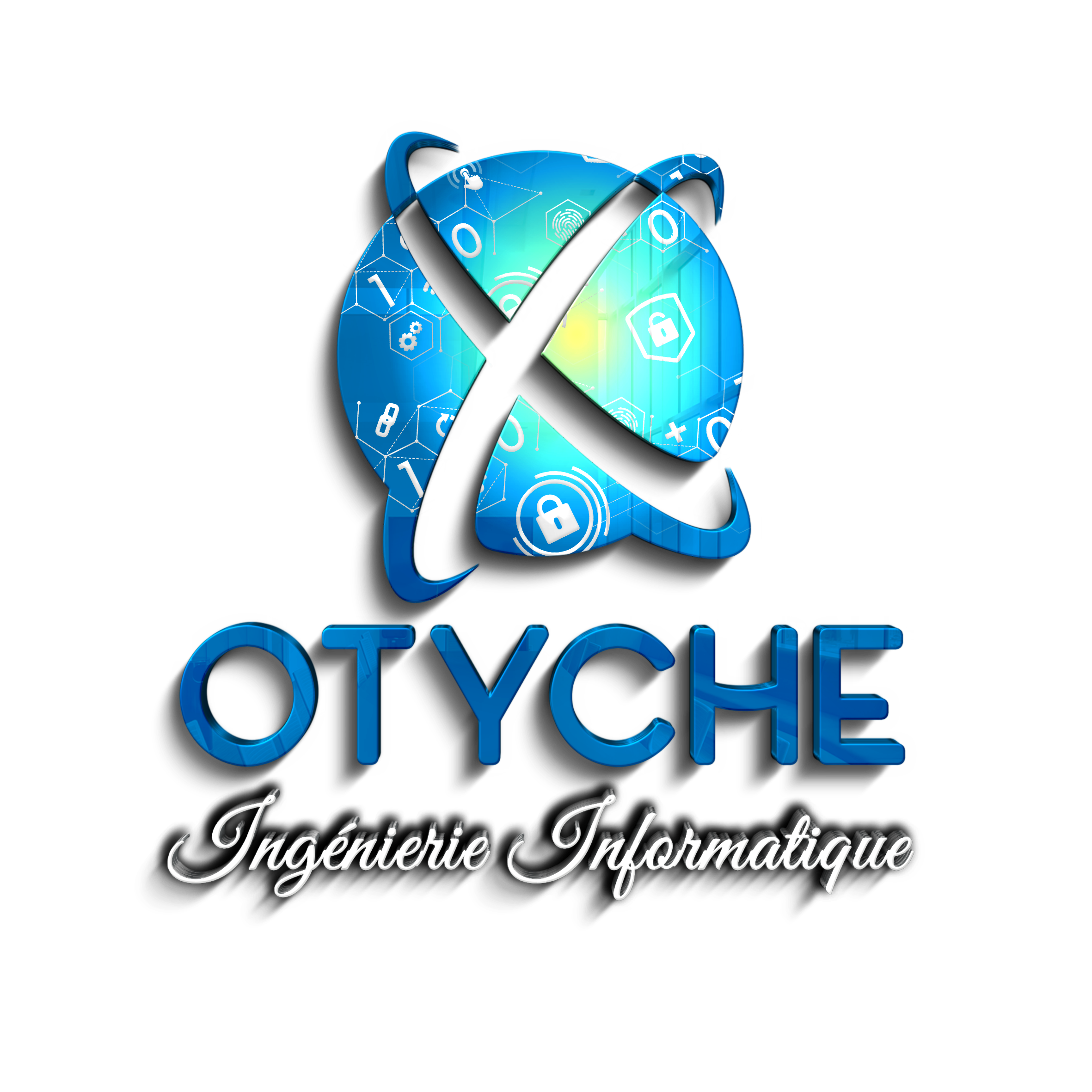The use of Science and Organization
Historically, technology and organization have been individual spheres. Ahead of biotech, additional resources for example , universities devoted many of their efforts to basic research and nonprofit exploration institutions executed applied exploration.
Today, equally basic and applied investigate are closer to everyday life than in the past. Research facilities are based on scientific research, and wellness maintenance and pharmaceutical companies are depending on science. Combined, they are vulnerable to accelerate the pace of scientific advance.
Preliminary research and innovation is increasingly conducted by for-profit companies. Many of these companies do remarkable groundwork. But they often make basic discoveries and then turn them in to innovations which have been licensed to other companies.
The advent of biotechnology has caused the move of preliminary research from educational institutions to industrial firms. This is a relatively fresh phenomenon. Biotech is based on the belief that by combining fundamental scientific research with organization strategies, experts can set up new drugs and technologies to remodel health care.
The biotechnology market has seduced about 300 dollar billion in capital. Their promise is that it would set up vast profits and break down the wall between basic and applied research. However , the promise is actually not realized. The industry can be fragmented in specialized players, and the parts don’t often work well mutually. This fragmentation is one of the biggest limitations to integration.
While educational institutions are productive participants available of scientific research, they must be careful about certification exclusive legal rights to simple scientific discoveries. Universities must support the creation of new firms that rely on scientific research. Moreover, they must focus on maximizing guard licensing and training revenue and equity results.
